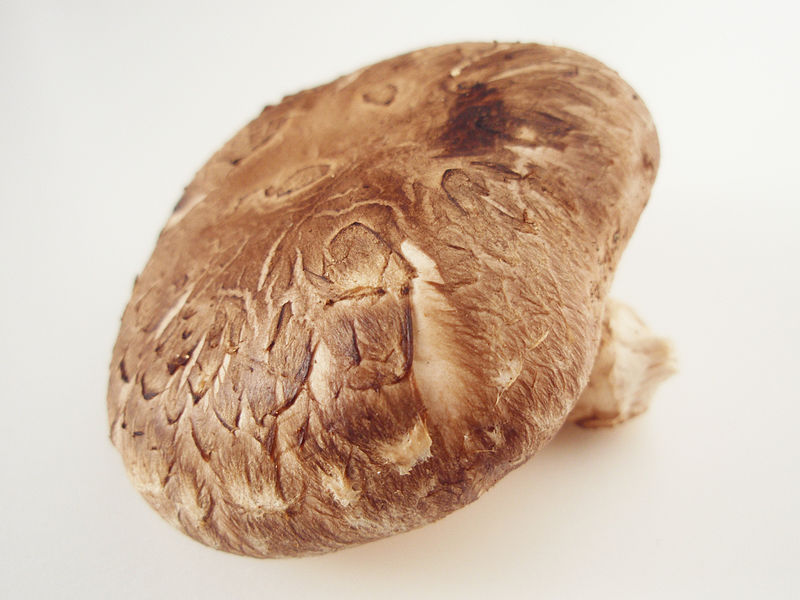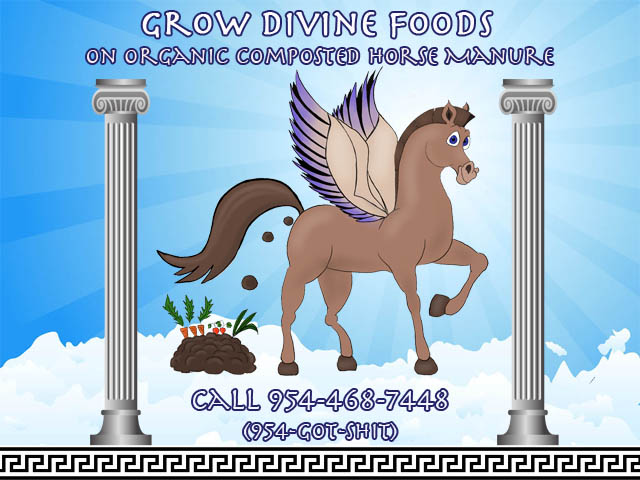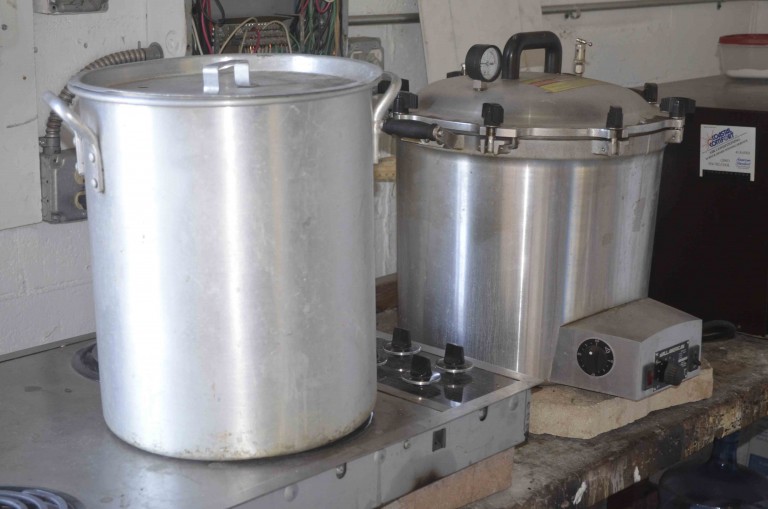Local Food Systems
What are Local Food Systems? (And why do we love them?)
More and more people (aka Locavores) join the local foods movement. What exactly does local food mean and what are the advantages of “supporting your local farmer”?
Everyone eats. Therefore, everyone needs food. (Duh!) If you don’t happen to be a self-sufficient farmer, living off your own crops, you are relying on “food systems”: systems that include all processes and infrastructure involved in feeding a population.
Today, there are two different types of food systems: the global industrial food system and local food systems. While there is only one global food system, there are many local ones. The two types differ from each other in aspects of food production (how food is grown or raised, packaged or prepared to be sold) and distribution (where and how food is sold to customers and how it gets there).
How did these food systems develop? Read more about that here!
What’s wrong with the Conventional (Global) Food System?
Conventional food systems aim to maximize efficiency in order to lower consumer costs and increase overall production. Mechanized agriculture, chemical fertilizers, the processing of foods and the packaging require fossil fuels. Furthermore, since industrialized agriculture relies on producing huge amounts in order to reduce production costs, local, regional or even global ecosystems are compromised through fertilizers, pollution and greenhouse gas emission. Also, in order to reduce costs, companies outsource production (steps) to countries where economic costs (labor, taxes) are lower or that have less environmental regulations, which again increases CO2 emissions for transportation. The globalization of food production can further result in the loss of traditional food systems, ecosystems and cultures in those countries.
What’s different about the Alternative (Local) Food System?
A local food system is a method of food production and distribution that is geographically localized, rather than national or international. Food is grown and harvested close to the consumers’ homes and distributed over much shorter distances than in the industrial food system. This contributes to one of the principles of sustainable agriculture: Environmental Preservation. Smaller distances to the consumer means less pollution from transportation and less need to use excessive packaging material and preservation techniques. Sustainable agriculture is the production of food using farm techniques that protect the environment, public health, human communities and animal welfare. Sustainable farms produce crops using no toxic pesticides, synthetic fertilizers or genetically modified seeds. They protect biodiversity and help the development and maintenance of healthy ecosystems. If possible, every part of their crops is used and even waste products are recycled. One example for this is composting. Bio waste can be composted and used as natural fertilizer. At MycoLife mushrooms are grown on a mixture of horse manure, straw, coconut husk and other ingredients, decomposing this substrate as they grow. After the mushrooms are harvested, this mushroom compost is then used as a soil amendment, providing a lot of nutrients for plant growth. While local does not equal sustainable, in general, local food systems are associated with sustainable agriculture, while global industrial food systems rely upon industrial agriculture.
However, because of the ambiguity of the term’s definition, some producers just use the term “local”, although their food is not grown very close or sustainable. So, if you see the label “local”, make sure you find out more about their production practices in order to determine whether a local food is also sustainable.
Sources:
Halweil, B. (2002). Home Grown: The case for local food. Worldwatch Paper 163. Retrieved Sept. 20, 2012
http://www.sustainabletable.org/246/sustainable-agriculture-the-basics
http://www.sustainabletable.org/254/local-regional-food-systems
http://www.ncbi.nlm.nih.gov/books/NBK114491






